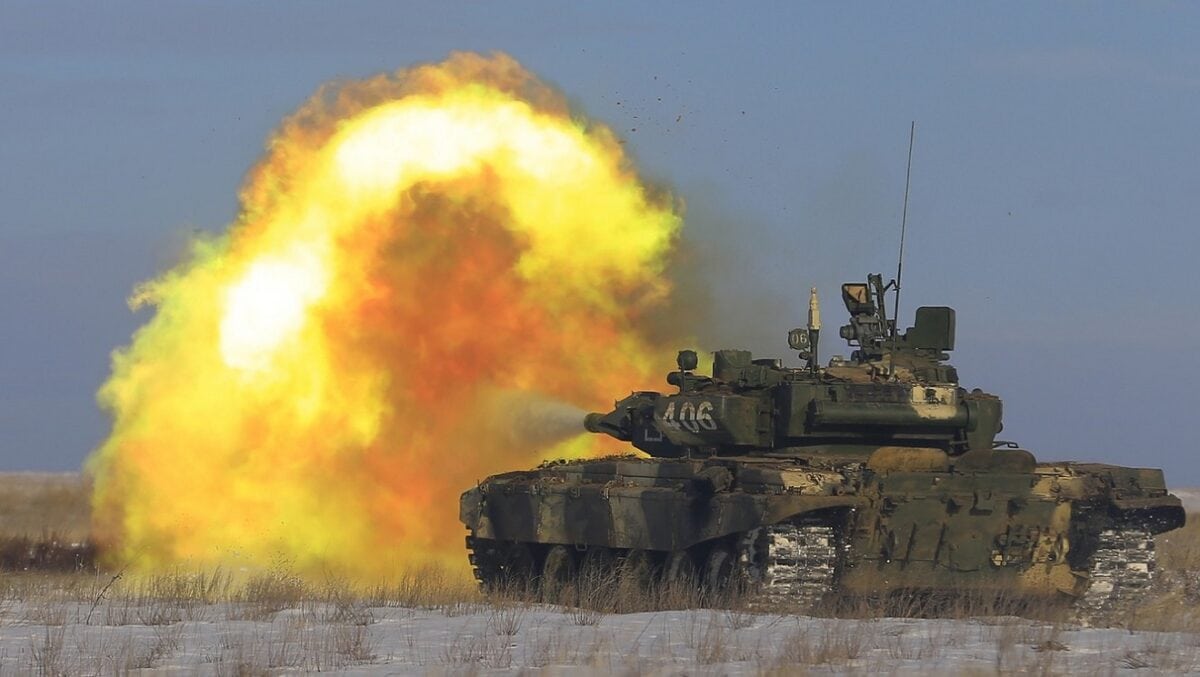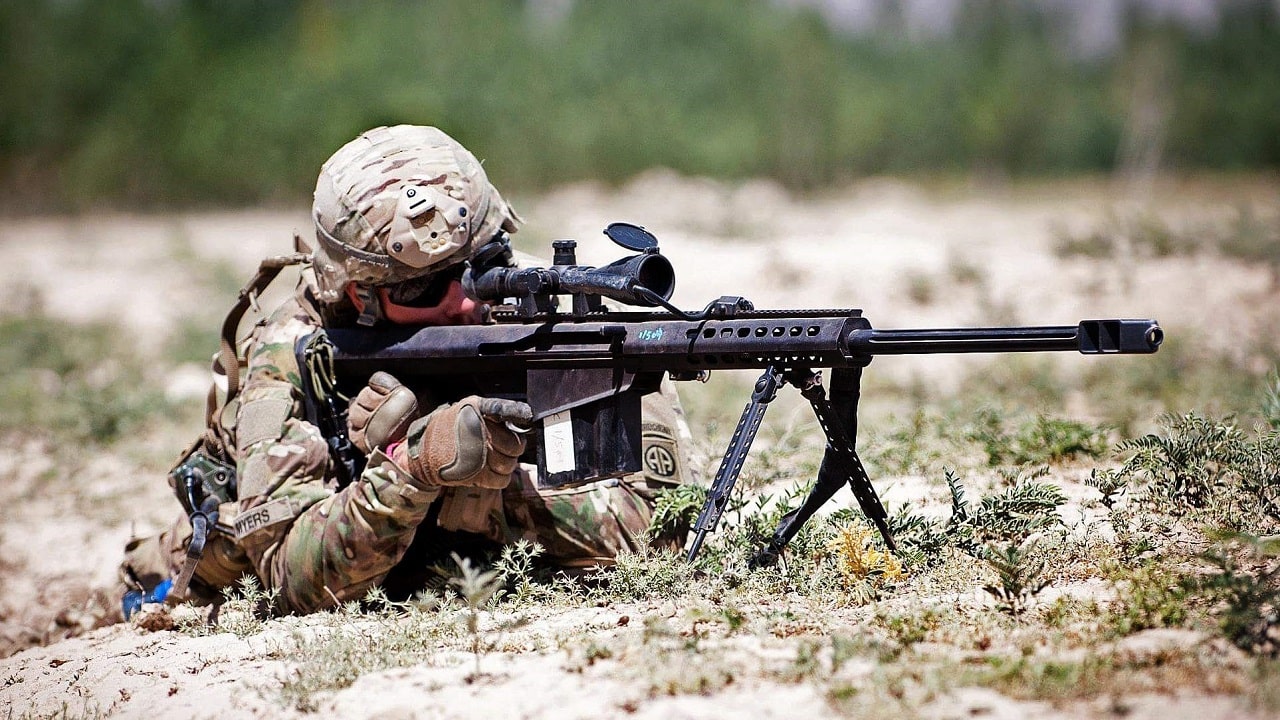How Will Russia Respond? The U.S. has decided to increase its military presence in Eastern Europe and will be deploying more troops, including the 82nd Airborne Division’s Immediate Reaction Force. According to the Department of Defense, the additional troops won’t be going to Ukraine but rather to NATO allies in the region, including Germany and Romania.
Troop Buildup in Europe
In total, the Pentagon has deployed almost 12,000 additional troops in Europe, in addition to the approximately 60,000 U.S. soldiers, marines, and airmen permanently stationed in the continent assigned to the U.S. European Command (EUCOM).
“The current situation demands that we reinforce the deterrent and defensive posture on NATO’s eastern flank. President Biden has been clear that the United States will respond to the growing threat to Europe’s security and stability. Our commitment to NATO Article Five and collective defense remains ironclad,” Pentagon Press Secretary John Kirby said during a press briefing.
“Collectively, this force is trained and equipped for a variety of missions to deter aggression and to reassure and to defend our allies. Not surprisingly, we work very closely with our Polish and German allies to set the stage for these movements, and we absolutely appreciate their support,” Kirby added.
“We stand united. These movements are unmistakable signals to the world that we stand ready to reassure our NATO allies to deter and defend against any aggression,” the Pentagon press secretary stated.
President Biden has said that no additional U.S. troops will deploy in Ukraine to fight with the Ukrainian military in the event of a Russian invasion.
“We have been long-saying that in addition to the combat capability that Mr. Putin continues to add, and does continue to add to the western part of his country and in Belarus, he has also, over these many weeks, increased his logistics and sustainment capability. And there’s a lot that goes into logistics and sustainment — aviation support, certainly medical support. So, we have seen him provide that kind of sustainment capability with respect to those forces,” Kirby added.
“And obviously, that does include, you know, field hospitals and doctors and nurses and you know, the kinds of things you would need to do to be able to medically care for troops in the field. Now, is that alone all by itself as some sort of tripwire indicator or, you know, causing alarms to go off that an invasion is imminent? Not necessarily,” the Pentagon press secretary said.
Currently, there is a small contingent of Florida National Guard troops in the eastern European country, training their Ukrainian counterparts. It is unclear how the American troops would evacuate the country in the event of a Russian invasion.
So, additional troops in the bordering countries that are NATO members are most likely a sign of support for the transatlantic alliance and a confidence boost for countries, such as Poland and the Baltic states, which are bordering Russia.
The Immediate Reaction Force
Part of the new wave of troops deployed to Europe is the 82nd Airborne’s Immediate Reaction Force, which is reserved for short- to no-notice contingencies.

Russian T-90 Tank Firing. Image Credit: Creative Commons.
The unit made the news back in the very early days of 2020 when it deployed on very short notice to the Middle East for potential operations in Iraq following a wave of attacks against the U.S. Embassy in Baghdad and the targeted killing of Iranian Major General Qassem Soleimani, the commander of the Iranian Revolutionary Guard Corps’ Quds Force.
1945’s New Defense and National Security Columnist, Stavros Atlamazoglou is a seasoned defense journalist specializing in special operations, a Hellenic Army veteran (national service with the 575th Marine Battalion and Army HQ), and a Johns Hopkins University graduate. His work has been featured in Business Insider, Sandboxx, and SOFREP.

